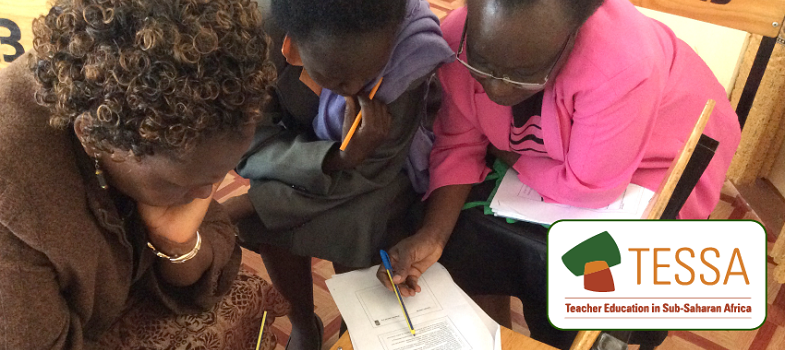1. Measuring changes in pulse rate
In biology one of the best ways of making students see the subject as relevant to them is to relate it to their own bodies. In Activities 1 and 2 they consider the way their bodies respond to increased exercise. When you introduce the topic, you should be able to refer to their participation in physical education (PE) and school sports. They should be able to draw on their own experience in class discussions of the activities. Activity 1 is a standard practical that the students will enjoy, especially if you are able to take them outside to do the exercise. By asking them to design their own table you are helping them to develop an important skill – communicating experimental results clearly. They may need some assistance with this. Make sure you have worked out a suitable table yourself, so that you can help them if they have any difficulty. A traditional way to explain these results might be to discuss them as a class and to give them notes summarising the processes that occur during exercise. The written exercise replaces the notes and gives them practice in writing a clear concise paragraph about scientific ideas (an important skill for exams). It is designed to give the students enough help to work it out for themselves. You should discuss the results as a class before asking them to do the writing, but let them do the writing themselves.
Case study 1: Organising groups to do an experiment
Mrs Addai had explained the terms pulse and pulse rate and shown her students how to measure their pulse. She planned a practical in which her students investigated changes in their own pulse rate, in beats per minute, before and after exercise. She had a stop watch on her mobile phone and two egg timers. Before they started, they practised measuring a minute by counting slowly to sixty. This was necessary so that those without a timer could still do the experiment.
She divided the class into groups of three or four with each person performing a specific task: one person in each group acted as the subject; another took the pulse of the subject; a third did the timing and the fourth recorded the results in the table. The third and fourth task could be combined. The students could change tasks, so that everyone had a chance to have their pulse measured. Mrs Addai noticed that last time they did an experiment, the boys did the practical work and the girls tended to hang back. This time, she insisted that they worked in groups of boys or girls. They started by measuring the pulse rate of the subject while he or she was sitting down comfortably. They then had to run either outside or on the spot in the classroom for two minutes. Their pulse rate was measured again immediately afterwards.
At the end she gathered them round the front to discuss the significance of the changes in pulse rate before and after exercise and the reasons for variation in rates between individuals. For their homework, Mrs Addai asked the students to make a poster outlining the investigation and highlighting the key results. She told them what they had to include in the poster (what they did, why they did it, what they found out and what it showed) but let them choose how to present their work. She was amazed by the creativity and enthusiasm that they showed.
Activity 1: Investigating pulse rate
You could do this activity when you have taught your students the principles of respiration; or you could do the experiment first and then use the results to help you explain respiration. Think about what would work best for your class. Divide your students into groups of three or four. Explain what they are going to do and ask them to design a table in which to record their results. Tell them they are going to investigate the effect of exercise on pulse rate and describe what they should do. They will measure the pulse rate (pulses per minute) for each person in the group at rest (sitting down). They should then walk for 30 seconds before taking the pulse again. They should repeat this after running.
They could exercise by walking or running on the spot, but, if you can, take them outside to do this. After they have finished, if you have already explained respiration, ask them to write a paragraph describing their results using the following words and phrases: average; differences between individuals; increase heart beat; oxygen; muscles; respiration; rate; energy.
Section 3 : Respiration



